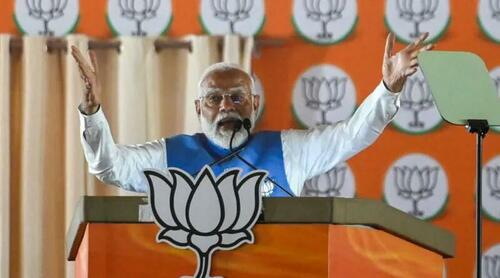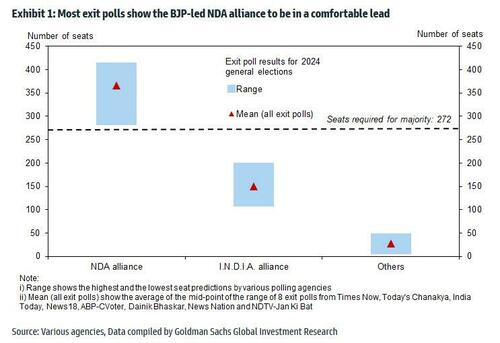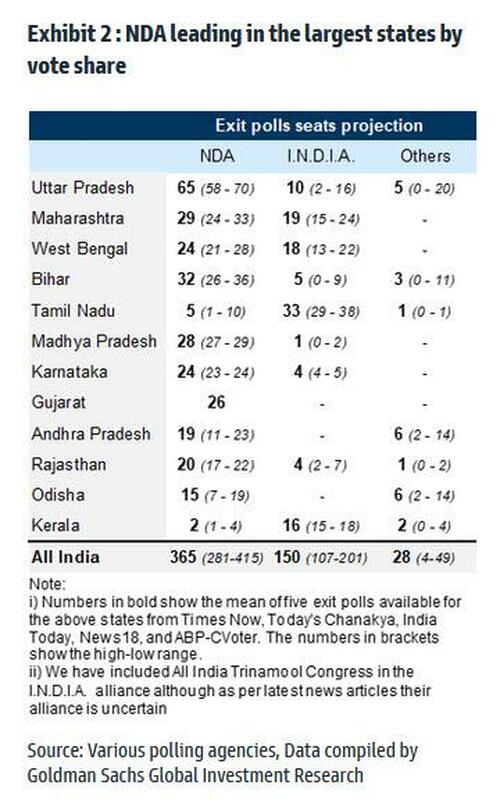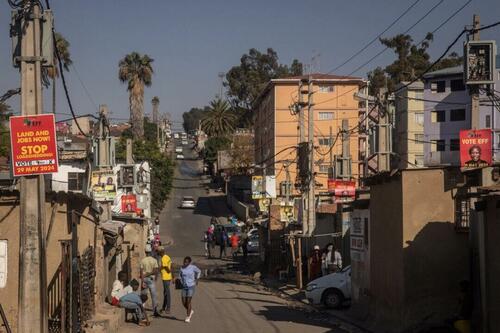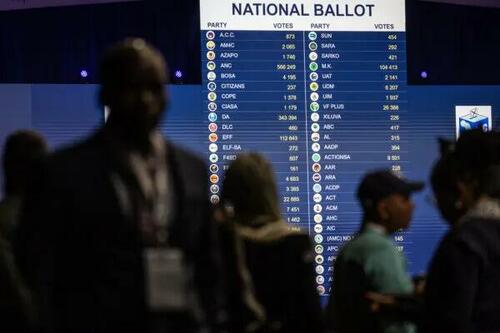DC Bar Disciplinary Board Recommends Disbarring Rudy Giuliani
Authored by Caden Pearson via The Epoch Times (emphasis ours),
The D.C. Bar’s disciplinary board on Friday recommended disbarring Rudy Giuliani for his involvement in “frivolous” legal efforts to challenge the 2020 election results in Pennsylvania.
The decision, which would see him lose his license to practice law in the District of Columbia, marks another legal blow for the former New York City mayor and attorney for former President Donald Trump, who alleged election fraud following the 2020 election.
In the 63-page report and recommendation, which will require approval from the D.C. Court of Appeals at a forthcoming hearing, the D.C. Bar’s Board on Professional Responsibility severely criticizes Mr. Giuliani’s actions in the report, accusing him of attempting to disenfranchise hundreds of thousands of Pennsylvania voters.
The panel found “clear and convincing evidence” that Mr. Giuliani violated two Pennsylvania Rules of Professional Conduct by making “baseless” claims of voter fraud in a federal lawsuit filed in November 2020. The lawsuit claimed that barriers for poll-watchers and “illegal” mail-in ballots were proof of “nationwide voter fraud.”
The report acknowledges that disbarment “has not been imposed in other frivolous litigation cases.” However, it claims that Mr. Giuliani’s efforts can’t be compared and that the “aggravating factors” involved here warrant severe disciplinary action.
“He urged a federal judge to disenfranchise hundreds of thousands of Pennsylvania voters even though he had no objectively reliable evidence that any such scheme existed, or even that any illegal mail-in ballots had been counted,” the report states.
“No prior disciplinary cases involving frivolous litigation are remotely comparable to this case,” it continues. “We conclude that disbarment is the only sanction that will protect the public, the courts, and the integrity of the legal profession, and deter other lawyers from launching similarly baseless claims in the pursuit of such wide-ranging yet completely unjustified relief.”
Mail-in ballots increased from just over 266,000 in the 2016 election to more than 2.6 million in the 2020 election. This was due to a 2019 state law and the COVID-19 pandemic.
Mr. Giuliani was part of a lawsuit alleging that seven Democrat-majority counties “blatantly violated” election laws and stuffed ballot boxes with illegal votes for then-candidate Joe Biden, a Democrat.
The board criticized Mr. Giuliani for seeking to have a federal court declare the 2020 presidential election in Pennsylvania “defective,” which would enable the state legislature to select electors or, alternatively, enjoin the certification of election results.
The lawsuit focused on two types of allegedly illegal mail-in ballots: those where voters were notified and allowed to cure defects that would stop their ballots from being counted, and those that were canvassed without observation by partisan observers.
“The Hearing Committee concluded that the Notice and Cure claims themselves were not frivolous because they alleged that different counties treated defective ballots differently (some allowed them to be cured, and some did not),” the report states.
“However, the Hearing Committee concluded that Respondent did not have a faint hope of success that the Notice and Cure claims would support the most extreme requested relief, enjoining certification of the election results, because there were not enough cured ballots to change the election results even if all of the cured ballots were deemed to be Biden ballots,” the report continued.
Disbarment Meant to ‘Discourage Lawyers’
A spokesperson for Mr. Giuliani, Ted Goodman, dismissed the recommendation as unsurprising and politically motivated, alleging it was orchestrated by “partisan Democrats” to deter lawyers from representing clients like President Trump.
“Taking away the mayor’s law license is meant to discourage lawyers from representing clients like President Donald Trump or anyone else who is willing to take on the prevailing political establishment,” Mr. Goodman said in a statement to media outlets.
“I call on rank-and-file members of the D.C. Bar Association to speak out against this irresponsible and anti-American recommendation—whether you agree with the mayor’s politics or not,” he continued.
The recommendation and report issued on Friday is the final step before the D.C. Court of Appeals hears arguments ahead of deciding whether to disbar him.
Mr. Giuliani faces multiple legal challenges, including election interference charges in Arizona and his involvement as an unnamed, unindicted co-conspirator in the federal case concerning the Jan. 6, 2021, Capitol breach.
Mr. Giuliani already cannot practice law in New York, as his license was suspended by a state court in 2021 due to the same Pennsylvania lawsuit. Additionally, a smaller disciplinary board for the D.C. Bar recommended last year that he be prohibited from practicing law in Washington.
He is not the first Trump attorney to face the prospect of being disbarred. In March, a California judge recommended that lawyer John Eastman be disbarred for his advice to President Trump in his efforts to challenge the accuracy of the 2020 election results. The recommendation is now pending review by the California Supreme Court, and Mr. Eastman plans to appeal. He has also been suspended from practicing law in the District of Columbia.
Tyler Durden
Mon, 06/03/2024 – 06:30
via ZeroHedge News https://ift.tt/ftxVCe4 Tyler Durden



